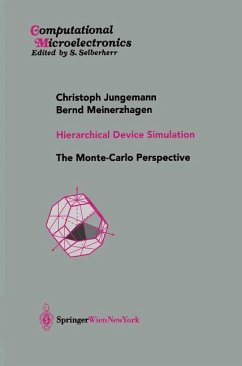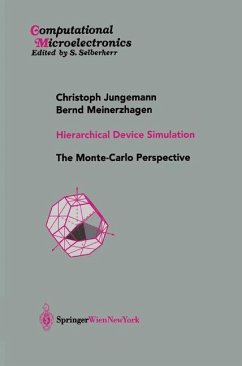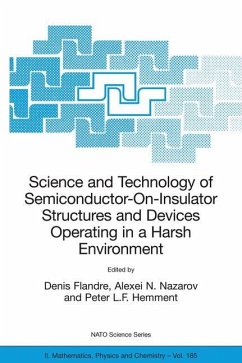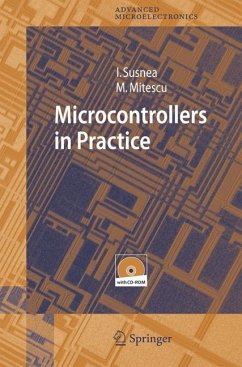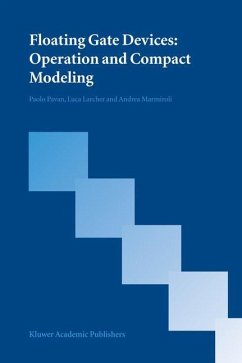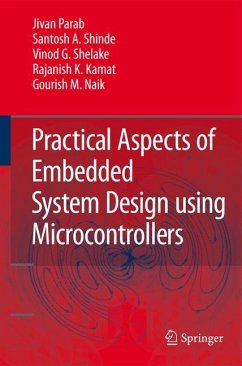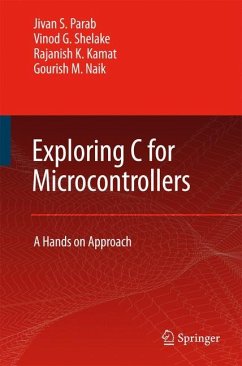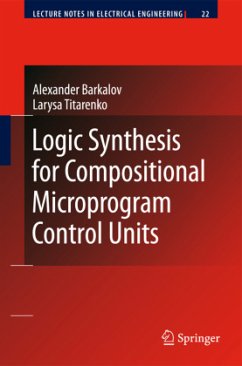
Advanced Physical Models for Silicon Device Simulation

PAYBACK Punkte
56 °P sammeln!
Device simulation has two main purposes: to understand and depict the physical processes in the interior of a device, and to make reliable predictions of the behavior of an anticipated new device generation. Towards these goals the quality of the physical models is decisive. The introductory chapter of this book contains a critical review on models for silicon device simulators, which rely on moments of the Boltzmann equation. With reference to fundamental experimental and theoretical work an extensive collection of widely used models is discussed in terms of physical accuracy and application ...
Device simulation has two main purposes: to understand and depict the physical processes in the interior of a device, and to make reliable predictions of the behavior of an anticipated new device generation. Towards these goals the quality of the physical models is decisive. The introductory chapter of this book contains a critical review on models for silicon device simulators, which rely on moments of the Boltzmann equation. With reference to fundamental experimental and theoretical work an extensive collection of widely used models is discussed in terms of physical accuracy and application results. This review shows that the quality and efficiency of the phys ical models, which have been developed for the purpose of numerical simulation over the last three decades, is sufficient for many applications. Nevertheless, the basic understanding of the microscopic processes, as well as the uniqueness and accuracy of the models are still unsatisfactory. Hence, the following chapters of the book deal with the derivation of physics-based models from a microscopic level, also using new approaches of "taylored quantum-mechanics". Each model is compared with experimental data and applied to a number of simulation exam ples. The problems when starting from "first principles" and making the models suitable for a device simulator will also be demonstrated. We will show that demands for rapid computation and numerical robustness require a compromise between physical soundness and analytical simplicity, and that the attainable accuracy is limited by the complexity of the problems.





